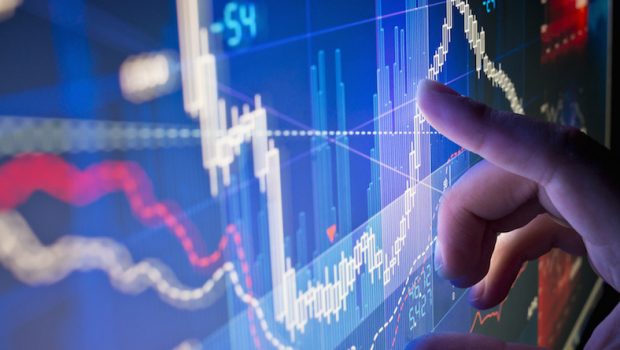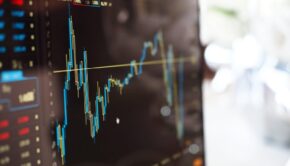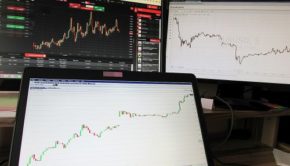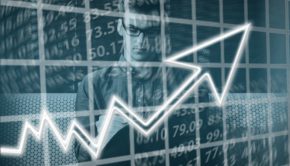What Security Measures Protect Forex Trading Platforms?
If we asked you to estimate the total size of the global forex market, we’d wager that you’d undersell this lucrative market. Incredibly, this entity is worth a staggering $1.93 quadrillion, which just happens to be 2.5-times larger than the global GDP.
Given the size and scope of this market, it stands to reason that developers should have invested heavily in securing online trading platform and brokerage platforms, in order to ensure that traders can safeguard their capital and the integrity of their financial transactions.
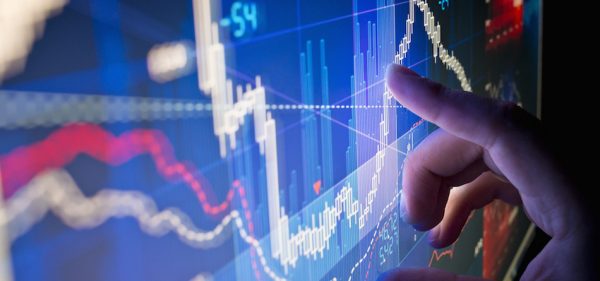
In this post, we’ll look at the key security measures that forex trading platforms typically use, and ask how they can benefit you.
1. Regulatory Compliance and Licensing
Let’s start with the basics; as reputable trading platforms should be both fully licensed and regulated by the relevant bodies within their country of origin.
To achieve this, they should have also built an enviable performance record over a concerted period of time, whilst the most trustworthy operators actively support regulatory oversight and measures that protect individual investors and their interests.
One of the best examples in the current market is Oanda, which boasts an exceptional record and is a fully registered Retail Foreign Exchange Dealer (RFED). It also has the relevant licensing in all of the countries that it operates in, whilst displaying this information clearly on their website.
Looking out for and verifying this data can provide you with genuine peace of mind as an investor, whilst it also helps you to make an informed decision when comparing the marketplace.
2. Two-Factor Authentication
If you’re regularly active on social media and other apps, you’ll have most likely come across so-called two-factor authentication. Bank and forex trading apps are using this security measure too now, and this is something that adds another layer of protection for investors.
But how does this measure work? Well, whenever you log-in to your trading account from a new or untrusted device, you’ll be required to provide both your password and a secure code that has been sent to an alternative phone, tablet or laptop that you own.
This unique code will must be entered into the login screen if you’re to access your account, creating a free and effective layer of security that’s exceptionally difficult for hackers or cyber-thieves to breach.
3. System and Software Updates
Whether you trade online or through a mobile app, it’s important to note that virtual trading platforms regularly update and upgrade their software over time.
These small but frequent updates achieve a number of goals, particularly in terms of recognising new cyber security threats and counteracting these intuitively.
It’s therefore imperative that you keep your eyes peeled for these updates and implement them as soon as they land, even if this means restarting your device and reloading the app before you start to trade.
This seems like a small step, but it’s one that can really help to protect you from subtle and ever-changing security threats.

